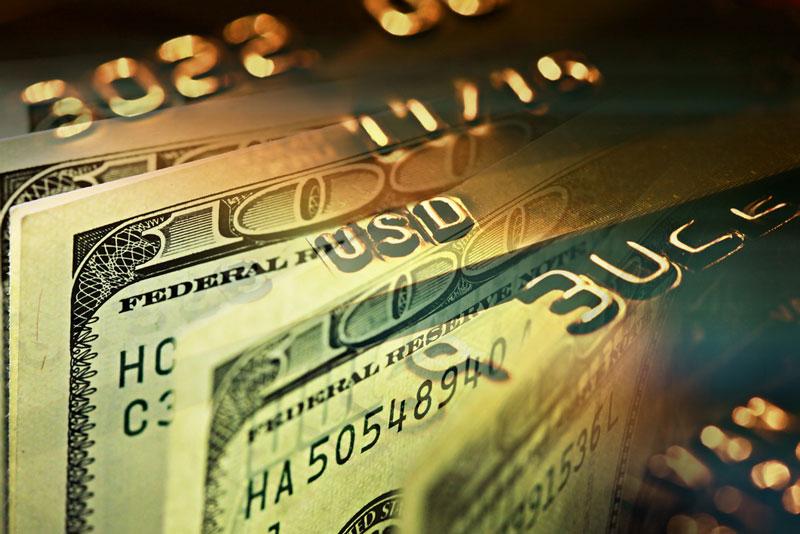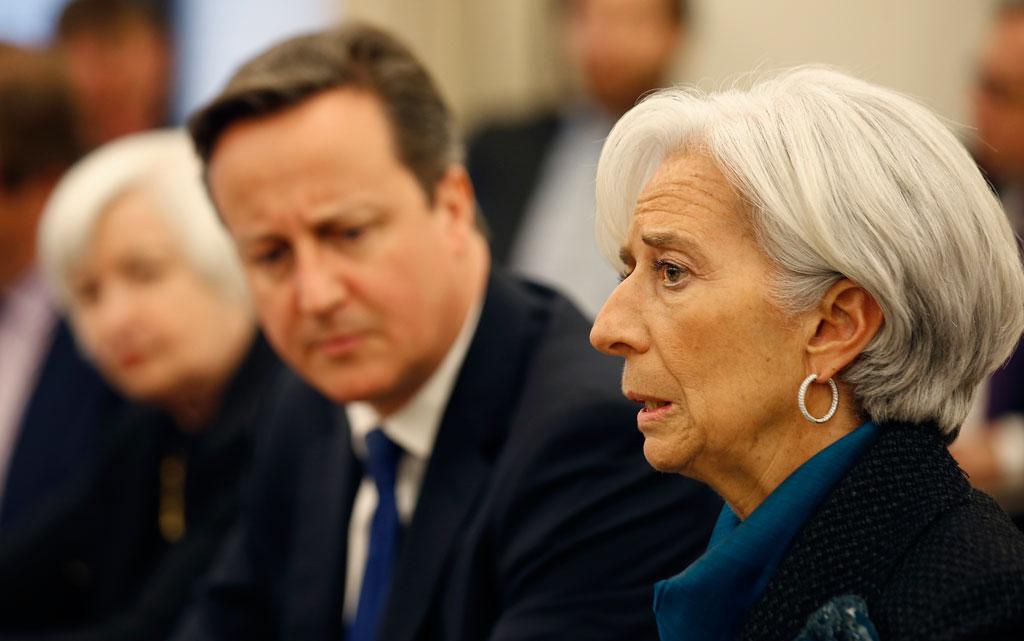WASHINGTON—Americans are slowly but steadily borrowing more money, bringing to an end a five-year effort to cut household debt that has slowed consumer spending and the economy.
Total household debt increased $78 billion in the July-September quarter to $11.7 trillion, the Federal Reserve Bank of New York said Tuesday. The increase was led by rising mortgage and auto loans. That is the fourth increase in household debt in the past five quarters.
Total debt is still below the peak of nearly $12.7 trillion reached in the third quarter of 2008. But it has risen 5 percent since bottoming out in the second quarter of last year.
The sustained increase is a sign that Americans are more confident and may be ready to spend more, trends that could fuel faster economic growth. Consumer spending has remained sluggish since the Great Recession ended in June 2009, held back by weak wage increases and by American households’ focus on repairing their finances.
A measure of consumer confidence fell in November, the Conference Board said Tuesday, but only after reaching a seven-year high in October. Even with the decline, the Conference Board’s consumer confidence index was 23 percent higher this month than 12 months earlier.
As the recession intensified in 2008, consumers started paying off bloated debt levels, particularly credit card and mortgage debt, in a process economists refer to as “deleveraging.” Household debt fell nearly every quarter for almost five years. Some of the decline occurred because consumers defaulted on debt, though the New York Fed said less borrowing and paying off debts played a greater role.
Mortgage borrowing dropped 16 percent, from nearly $9.3 trillion in the third quarter of 2008 to $7.8 trillion in the second quarter of 2013. And credit card debt plummeted 23 percent from $858 billion to $659 billion in the first quarter of this year.
But those trends have largely turned around. Mortgage debt has rebounded to $8.1 trillion and credit card debt has increased for two quarters to $680 billion. Auto loans, meanwhile, have jumped to a new peak of $934 billion.
“It appears that the deleveraging period has come to an end and households are borrowing more,” said Wilbert van der Klaauw, an economist at the New York Fed.
New auto loans totaled $105 billion in the July-September quarter, the most in nearly 10 years. Student loans have risen sharply during the recovery and reached a record high of $1.13 trillion.
More borrowing has spurred concerns that consumers may overextend themselves again. So far, however, there are few signs that Americans are unable to keep up.
The number of new foreclosures fell in the third quarter to the lowest level since 1999. And the percentage of all loans that are 90 days or more overdue slipped to 4.3 percent from 4.5 percent in the second quarter.
The sharp rise in auto loans has raised fears among many federal banking regulators because much of the increase has been fueled by lending to risky borrowers. But the percentage of auto loans that were 90 days or more overdue fell to 3.1 percent from 3.3 percent.
Still, there are some signs of potential trouble. The percentage of delinquent student loans rose to 11.1 percent from 10.9 percent in the second quarter. And that likely understates the level of delinquency, the New York Fed said, because it doesn’t include many student loans aren’t yet being repaid, in some cases because students haven’t graduated yet.
From The Associated Press
*Image of “credit card and dollar notes“ via Shutterstock




